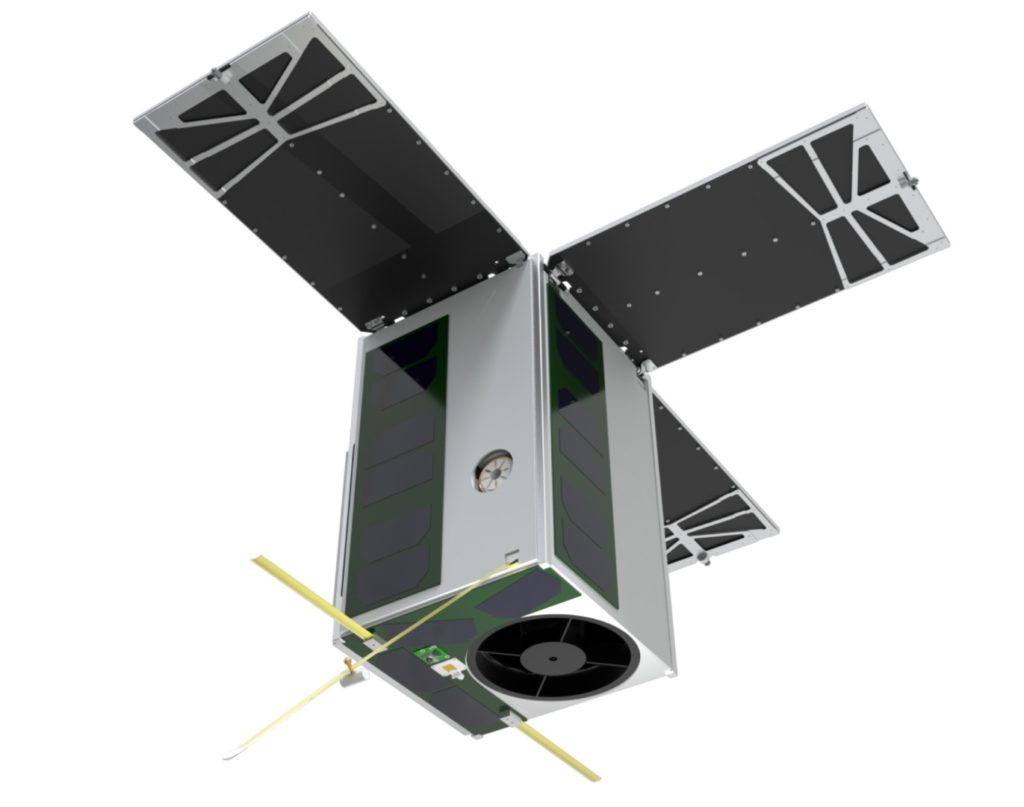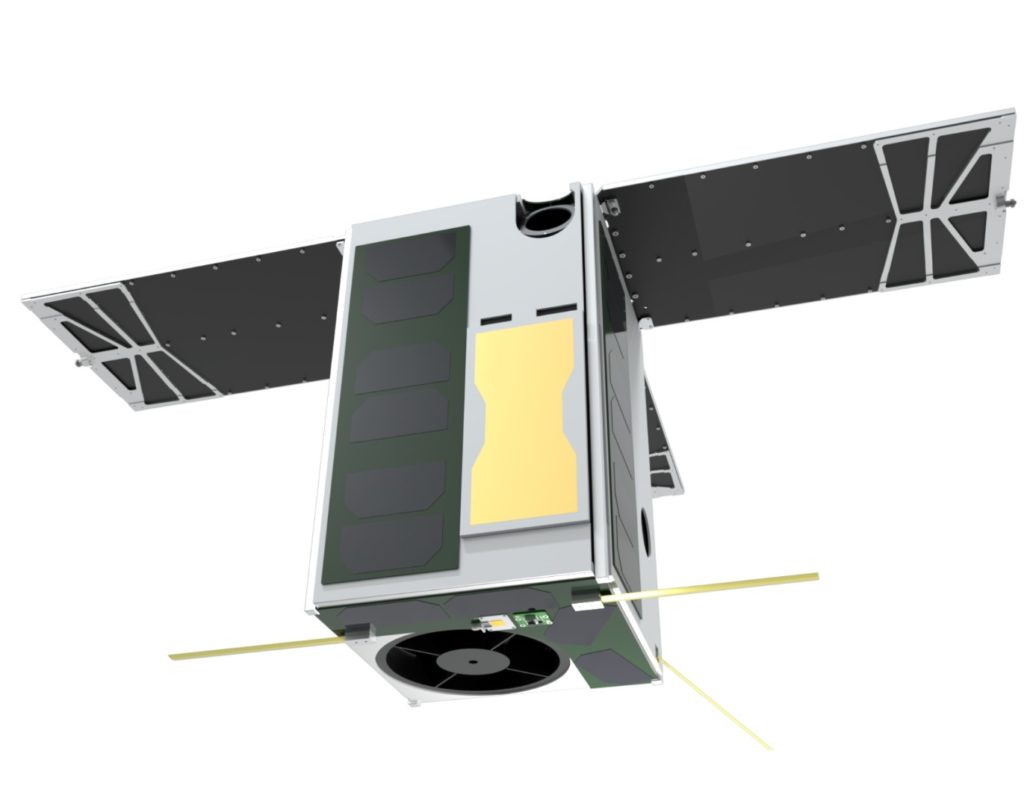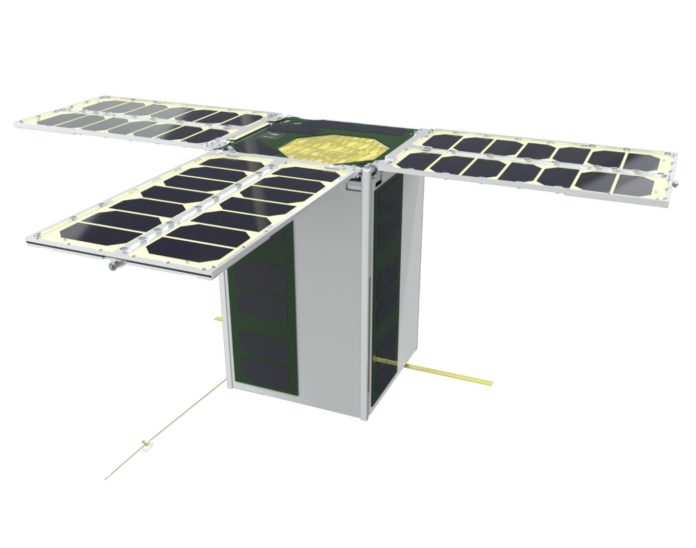MOSCOW, May 17 – RIA Novosti. Sputniks has launched into orbit two more Zorky-2M remote sensing satellites and four SITRO-AIS automatic identification system (AIS) satellites for tracking maritime vessels, the company said on Friday.
“Today a new batch of civilian spacecraft manufactured by the private Russian company SPUTNIKS (a subsidiary of SITRONICS SPACE) was launched into orbit,” the company said in a message on its Telegram channel.

It is noted that telemetry has been received from all satellites, the devices have been taken over by the company’s Mission Control Center.
Sputnik stated that among the launched satellites there are two Earth remote sensing satellites Zorky-2M and four satellites of the Automatic Identification System (AIS) SITRO-AIS for tracking sea vessels.
“Zorky-2M” are equipped with a multispectral camera that allows them to acquire images of the Earth’s surface in four spectral bands (red, green, blue, near infrared) with a resolution of 2.5 to 2.8 meters per pixel. Two of these satellites are already in orbit.
The SITRO-AIS satellites carry equipment for receiving and transmitting Automatic Identification System signals from ships to ground stations for navigation control and safety, including the Northern Sea Route.
Currently, the SITRO-AIS constellation consists of 28 dedicated spacecraft and launched satellites, and all Zorky-2M satellites are equipped with AIS receiving equipment.
Earlier, Sitronics Group President Nikolai Pozhidaev said in an interview with RIA Novosti that in two years Sitronics will put into orbit a constellation of 33 Zorky-2M satellites and about 80 SITRO-AIS satellites by the end of 2024.

The Russian Ministry of Defense announced the launch of a Soyuz-2.1b rocket from the Plesetsk Cosmodrome on the night of May 17. It was not specified which satellites were on board.
Background information about the satellite:
The SXC12 nanosatellite platform is a versatile, combinable set of onboard service systems and design elements for the development of a small satellite in the CubeSat 12U format and is available for launch in standard commercially available containers. The set of on-board systems is flexibly configured and may include:
- primary and backup on-board computing module (OBCM),
- main and standby power supply systems (PSS),
- main and backup telemetry and telecommand transceivers,
- main and backup batteries,
- on-board network, flywheel unit,
- high-speed radio link transmitter,
- up to 2 star sensors and up to 6 solar sensors,
- PN integration module,
- housing and other systems as required.













